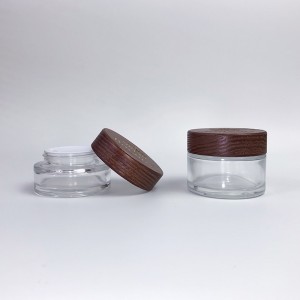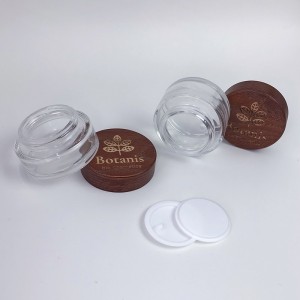Heavy Base Glass
Heavy base glass is a uniquely designed glassware, characterized by its sturdy and heavy base. Made of high-quality glass, this type of glassware has been carefully designed on the bottom structure, adding extra weight and providing users with a more stable user experience.
This sturdy design makes heavy bottomed glass an ideal beverage container, showcasing its unique charm whether used to hold cocktails, cocktails, or other cold drinks. The stable base not only provides solid support for glassware, but also reduces instability during use, making it a stable choice for various occasions.
In addition, the appearance of the double bottom glass is clear and transparent, showcasing the crystal clear feeling of high-quality glass, making the color of the drink brighter. Its diverse shapes and size choices make it suitable for different types of beverages, thus meeting the personalized needs of users.
Overall, heavy bottomed glass has become a popular glassware in households, restaurants, and bars due to its unique design, high-quality materials, and versatility.



1. Material: Heavy bottom glass is usually made of high-quality glass materials, such as crystal clear ordinary glass or higher grade glass types, to ensure its strength, durability, and clear transparency.
2. Shape: The shape of heavy bottom glass varies depending on its purpose, and common shapes include tall glasses, cocktail glasses, beer glasses, etc. Its design usually focuses on the elegant curve of the cup body and the stable structure at the bottom, which is both practical and exquisite.
3. Size: The size of heavy bottom glass varies depending on its purpose. It can be a small and exquisite cocktail glass, or a larger capacity beer glass. This flexible design makes it suitable for different drinks and uses.
4. Packaging: The packaging of heavy bottom glass is usually considered to protect the integrity of the glassware. Common packaging methods include individual packaging or sets to ensure that they are not damaged during transportation. Some high-end heavy bottom glass may also be equipped with exquisite gift boxes to increase its gift value and added value.
Production raw materials:
The production of heavy bottom glass mainly uses high-quality glass raw materials, usually high-quality borosilicate glass or ordinary glass, to ensure the transparency, durability, and chemical stability of the product.
Production process:
The production process begins with the proportioning and mixing of raw materials, and then enters the glass melting furnace. Through high-temperature melting, the glass liquid is formed and injected into the mold, forming the basic shape of the vessel. The specially designed mold ensures the sturdy structure of the base. Subsequently, the vessel is gradually cooled and solidified, and undergoes polishing and other fine processing steps to ultimately form a finished product.
Usage scenario:
Double bottom glass is suitable for various occasions, including family dining, parties, bars, and restaurants. Its sturdy bottom design makes it an ideal choice for holding various beverages, thereby enhancing the atmosphere of dining or social occasions.
Quality inspection:
During the production process, strict quality control is carried out, including visual inspection, stability testing of the base, uniformity of the glass, and bubble free testing. These tests ensure that each double bottom glass meets high standards of quality requirements.
Packaging and transportation:
The finished product is carefully packaged to prevent damage during transportation. Using shock-absorbing materials and customized packaging to ensure that the product is delivered to customers intact and undamaged.
After sales service:
Provide comprehensive after-sales service, including replacement of defective products, quick response to customer inquiries, and guidance on product use and maintenance. The after-sales team is committed to ensuring maximum customer satisfaction with the product.
Payment settlement:
Adopting flexible payment settlement methods, usually including prepayment, cash on delivery, credit payment, and other options, to meet the financial needs of different customers.
Customer feedback on transactions:
Establish close communication channels with customers, regularly collect customer feedback to understand the performance of the product in actual use, and continuously improve and innovate based on feedback. Customer satisfaction is one of the key indicators for product optimization.






